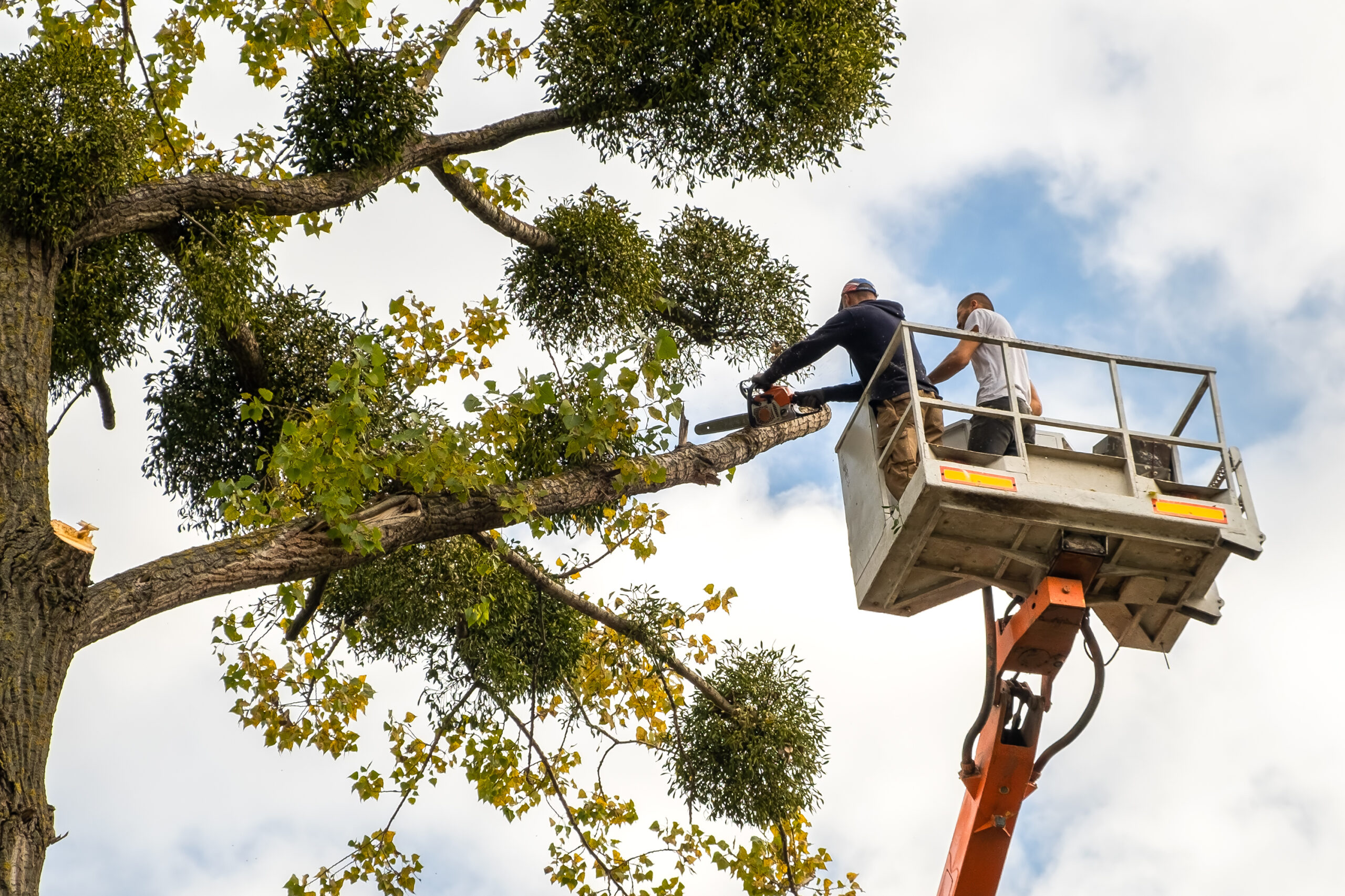Tree care experts can help maintain trees all year round
Tree care in Round Rock and Austin TX can help maintain your trees all year round. As the seasons change, so do the needs of our trees. Each phase of the year presents unique challenges and opportunities for tree care. In this article, we’ll explore how tree care needs evolve across the seasons.
Spring: A Time for Renewal
As the winter chill begins to fade away, spring breathes new life into the natural world. Trees, emerging from dormancy, start to show signs of growth. However, this transition period requires careful attention from tree owners to ensure the health and vitality of their green companions.
- Pruning: Spring is an excellent time for pruning trees as it allows for the removal of dead or damaged branches before new growth begins in earnest. Pruning also promotes air circulation and sunlight penetration, essential for healthy foliage.
- Mulching: Applying a layer of mulch around the base of trees helps to retain moisture, regulate soil temperature, and suppress weed growth. This is particularly important in spring when trees are actively absorbing water and nutrients to support their growth spurt.
- Fertilization: Spring is the ideal time to fertilize trees, providing them with essential nutrients to fuel their growth. However, it’s crucial to choose the right type and amount of fertilizer to avoid overfeeding, which can harm tree roots and surrounding soil.
- Pest and Disease Management: Warmer temperatures in spring awaken not only trees but also pests and diseases. Regular inspection of trees for signs of infestation or infection is essential, as early intervention can prevent widespread damage later in the season.
- Watering: While spring brings increased rainfall in many regions, young or newly planted trees may still require supplemental watering, especially during dry spells. Proper hydration is vital for establishing strong root systems and supporting vigorous growth.
Summer: Nurturing Through the Heat
As summer sets in with its longer days and warmer temperatures, trees face the challenge of conserving moisture and withstanding heat stress. Tree care during this season focuses on providing support and protection to help trees thrive in the summer heat.
- Hydration: Adequate watering is crucial during summer, particularly for young or recently transplanted trees. Deep watering early in the morning or late in the evening helps trees absorb moisture more effectively and reduces water loss through evaporation.
- Mulching: Maintaining a layer of mulch around trees throughout the summer helps conserve soil moisture, regulate soil temperature, and reduce competition from weeds. However, it’s essential to avoid piling mulch against the tree trunk, as this can promote rot and disease.
- Pruning: While major pruning should generally be avoided during summer, light pruning to remove dead or diseased branches can still be done. Be cautious not to remove too much foliage, as trees rely on their leaves for photosynthesis and shade during hot weather.
- Pest and Disease Management: Summer brings a surge in insect activity, making regular monitoring for pests like aphids, beetles, and caterpillars essential. Additionally, fungal diseases such as powdery mildew and leaf spots thrive in warm, humid conditions and should be promptly addressed.
- Protection from Sun and Storms: Providing shade for young or sensitive trees during the hottest parts of the day can help prevent heat stress and sunburn. Additionally, securing trees against strong winds and storms reduces the risk of branch breakage and structural damage.
By understanding and addressing the evolving needs of trees throughout spring and summer, tree owners can nurture healthy, resilient specimens that enhance the beauty and biodiversity of their surroundings.
Autumn: Preparing for Dormancy
Autumn is a time of transition as trees prepare for dormancy. While the days grow shorter and temperatures begin to drop, there are several key tasks tree owners can undertake to help their trees thrive during this season of change.
- Leaf Management: As leaves start to fall, it’s essential to keep lawns and garden beds clear to prevent them from smothering grass or becoming breeding grounds for pests and diseases. Consider mulching fallen leaves to create nutrient-rich compost for use in the garden.
- Pruning: Late autumn, after trees have shed their leaves, is an ideal time for structural pruning. Removing dead or crossing branches helps maintain tree health and structure while reducing the risk of storm damage during winter.
- Mulching: Applying a fresh layer of mulch around trees in autumn helps insulate the soil, regulate temperature fluctuations, and retain moisture during the colder months. Avoid piling mulch against the tree trunk, as this can encourage pests and disease.
- Fertilization: While trees are winding down their growth in autumn, it’s still beneficial to provide them with a balanced fertilizer to replenish nutrients in the soil. Slow-release fertilizers are particularly useful as they provide a steady supply of nutrients over time.
- Protection from Frost: As temperatures drop, tender young trees or those susceptible to frost damage may benefit from additional protection. Wrapping the trunks with burlap or applying tree guards helps insulate them against freezing temperatures and frost cracks.
Winter: Providing Support Through the Cold
Winter poses unique challenges for trees as they enter dormancy and face exposure to harsh weather conditions. Careful attention during this season can help trees withstand the cold and emerge strong and healthy in the spring.
- Watering: While trees require less water during winter, it’s essential to ensure they remain adequately hydrated, especially during dry spells or in regions with minimal snowfall. Deep watering before the ground freezes helps tree roots access moisture throughout the season.
- Snow Removal: Heavy snow accumulation can weigh down tree branches and cause them to bend or break. Gently brush off excess snow from branches using a broom or soft brush to prevent damage. Avoid shaking branches, as this can cause more harm than good.
- Protection from Wildlife: In winter, hungry wildlife may turn to trees for food, stripping bark or nibbling on branches. Installing tree guards or wrapping trunks with wire mesh can deter animals such as rabbits, deer, and rodents from causing damage.
- Winter Pruning: While major pruning should generally be avoided during winter, corrective pruning to remove damaged or diseased branches can be done. However, it’s crucial to wait until the coldest part of winter has passed to minimize stress on the tree.
- Monitoring for Signs of Stress: Regularly inspect trees for signs of stress or damage during winter, such as cracked bark, broken branches, or unusual discoloration. Early detection allows for timely intervention and prevents problems from worsening.
By adapting tree care practices to meet the changing needs of trees throughout autumn and winter, tree owners can provide the support and protection necessary for their trees to thrive year-round. Remember, caring for trees is a long-term commitment that rewards both the environment and future generations with beauty, shade, and biodiversity.
Hire the best tree care services in Round Rock and Austin TX
Leaf Tree Services is your locally owned professional tree service with certified arborists for residential and commercial customers in Round Rock, Austin, and surrounding Central Texas areas. You can trust your trees to us. Contact us today to schedule a consultation, at 512-670-6766.


